
Iran Gains Ground in Rare Earth Industry
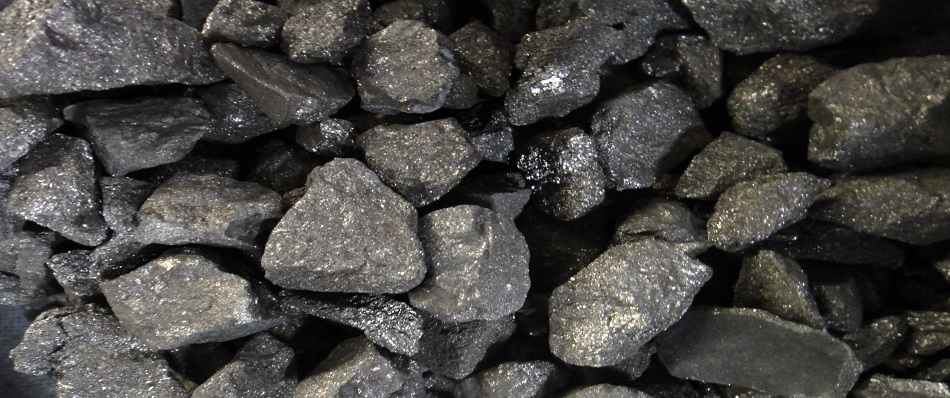
The exploration first identified Sangan Mineral Zone located in the northwestern Khorasan Razavi Province. Substantial reserves of rare earth elements, as well as gold, copper, lead, zinc and iron ore, were discovered in the 12,000-square-kilometer zone.
Iran unveiled its first rare earth ingot, with a purity of 99%, called Mischmetal back in February. The ingot, the result of a six-month-long research by Iran Mineral Processing Research Center, is made up of four rare earth elements, including cerium, lanthanum, neodymium and yttrium, all of which were extracted from mines in central Iran, according to IMIDRO.
Mischmetal has industrial applications used as an oxen getter in vacuum tube manufacturing, in batteries relying on metal hydride technology, as a spark source to start fires and flames, as well as by steel manufacturers to improve cast ability and mechanical properties in certain alloys.
Iranian Mines and Mining Industries Development and Renovation is currently studying the extraction and exploitation methods of vanadium, gallium, nickel, cadmium and tungsten and will soon start production of these rare earth ingots and alloys.
Rare earth elements are a group of 17 chemically similar metallic elements in the periodic table, plus yttrium and scandium. Despite their name, they are not rare.
In fact, they are rather plentiful in the Earth's crust, but tremendous effort and investment are required to extract, refine and process them.
Rare earths are vital to many modern technologies, including consumer electronics, computers and networks, communications, clean energy, advanced transportation, healthcare, environmental mitigation and many others.
Because of their unique magnetic, luminescent and electrochemical properties, these elements help make many technologies perform with reduced weight and lower emissions and energy consumption; or give them further efficiency, performance, speed durability and thermal stability.
The global rare earth metal market was valued at around $5 billion in 2014 and is expected to reach $9 billion in 2020, growing at a double digit between 2015 and 2020, according to Zion Research, a market intelligence company providing global business information reports and services.
Currently, China produces over 90% of the world's rare earth elements and effectively controls the global market of this high-demand mineral.

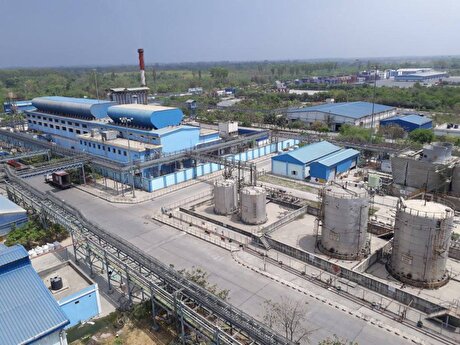
Hindustan Zinc to invest $438 million to build reprocessing plant

Gold price edges up as market awaits Fed minutes, Powell speech

Glencore trader who led ill-fated battery recycling push to exit
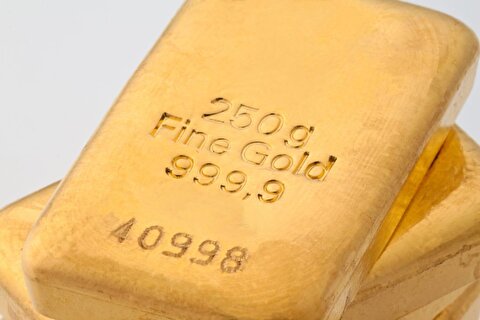
UBS lifts 2026 gold forecasts on US macro risks

Roshel, Swebor partner to produce ballistic-grade steel in Canada

Iron ore price dips on China blast furnace cuts, US trade restrictions

EverMetal launches US-based critical metals recycling platform
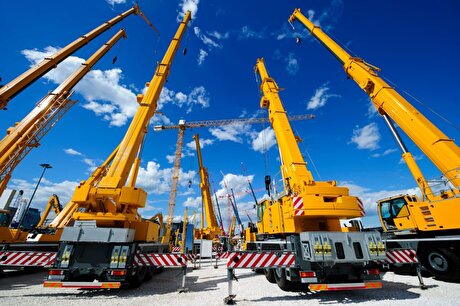
US hikes steel, aluminum tariffs on imported wind turbines, cranes, railcars
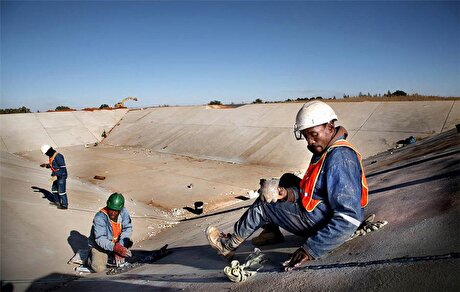
South Africa mining lobby gives draft law feedback with concerns
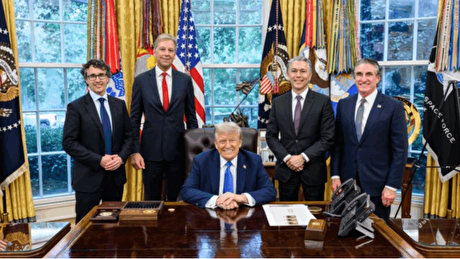
Trump raises stakes over Resolution Copper project with BHP, Rio Tinto CEOs at White House
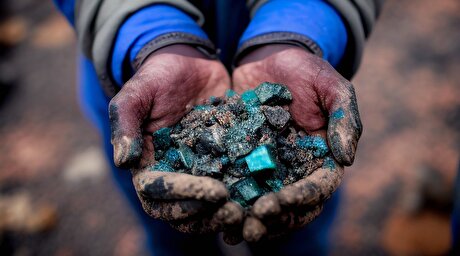
US seeks to stockpile cobalt for first time in decades

Trump weighs using $2 billion in CHIPS Act funding for critical minerals

Nevada army depot to serve as base for first US strategic minerals stockpile

Emirates Global Aluminium unit to exit Guinea after mine seized

Tailings could meet much of US critical mineral demand – study

Codelco cuts 2025 copper forecast after El Teniente mine collapse
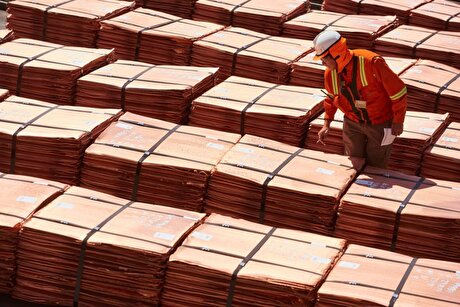
Glencore targets 1Mt of copper in Argentina over coming decade

Viridis unveils 200Mt initial reserve for Brazil rare earth project

SQM boosts lithium supply plans as prices flick higher

US seeks to stockpile cobalt for first time in decades

Trump weighs using $2 billion in CHIPS Act funding for critical minerals

Nevada army depot to serve as base for first US strategic minerals stockpile

Tailings could meet much of US critical mineral demand – study

Codelco cuts 2025 copper forecast after El Teniente mine collapse

Glencore targets 1Mt of copper in Argentina over coming decade

Viridis unveils 200Mt initial reserve for Brazil rare earth project

SQM boosts lithium supply plans as prices flick higher

Abcourt readies Sleeping Giant mill to pour first gold since 2014














